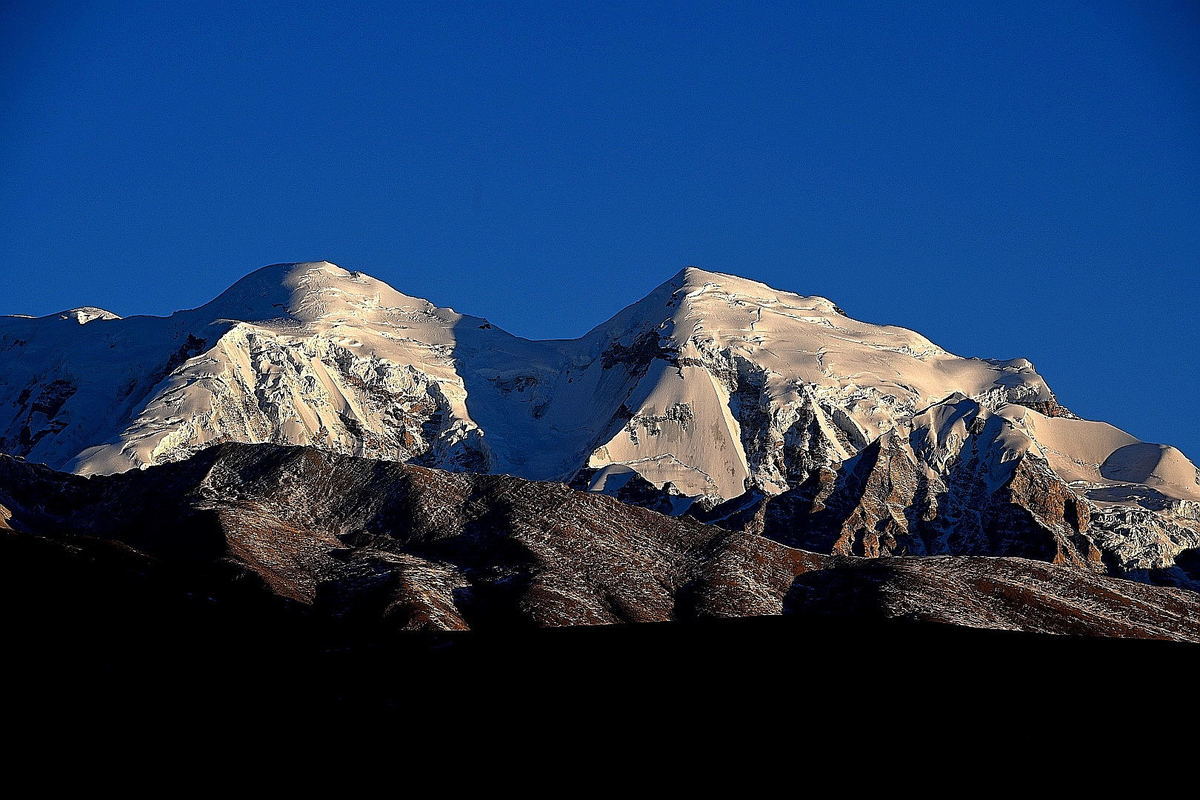China, Myanmar scientists find new evidence on Qinghai-Tibet Plateau formation


BEIJING - Geologists from China and Myanmar have found new seismic evidence to support a model that explains how the Indian subcontinent drifted northward anomalously fast and collided with Asia in ancient times.
The study, published on Saturday in the journal Science Advances, reveals that closure of the Neo-Tethys Ocean in the Mesozoic Era and the subsequent formation of the Qinghai-Tibet Plateau were likely caused by double subduction, a geodynamic process in which two plates following each other are synchronously subducted.
The researchers from the Chinese Academy of Sciences, the Myanmar Geoscience Society, Yangon University and Dagon University conducted high-resolution investigation of upper mantle structures beneath Myanmar.
The Myanmar region occupies the eastern end of the Indian-Asian collisional system. Due to less reworking from continental collision, it is an ideal place to probe possible slab remnants of double subduction, according to the study.
The research reveals, for the first time, two subparallel subducted slabs preserved intact in the present upper mantle beneath the Neo-Tethyan tectonic regime, supporting the double subduction model of the Neo-Tethys Ocean.
- Lai Ching-te's 'lectures' full of lies: mainland spokesperson
- China's top political advisor stresses expanding domestic demand
- CCG ships oust Philippine Coast Guard vessel off Huangyan waters
- Firefighters rescue trapped construction worker
- Mainland criticizes DPP for threatening Chinese Kuomintang veterans
- Mainland strongly opposes Lai's planned 'transit' through US





































